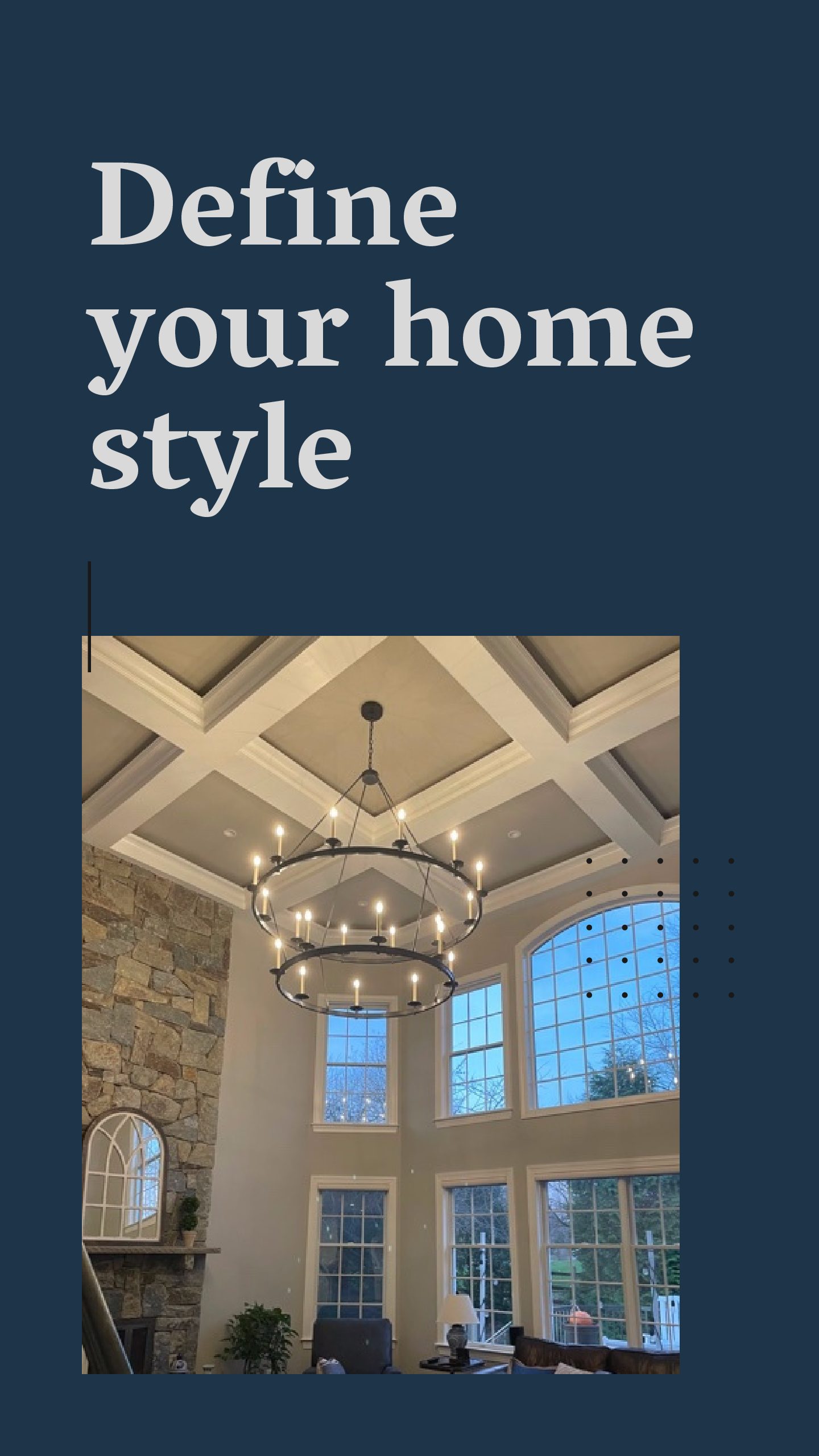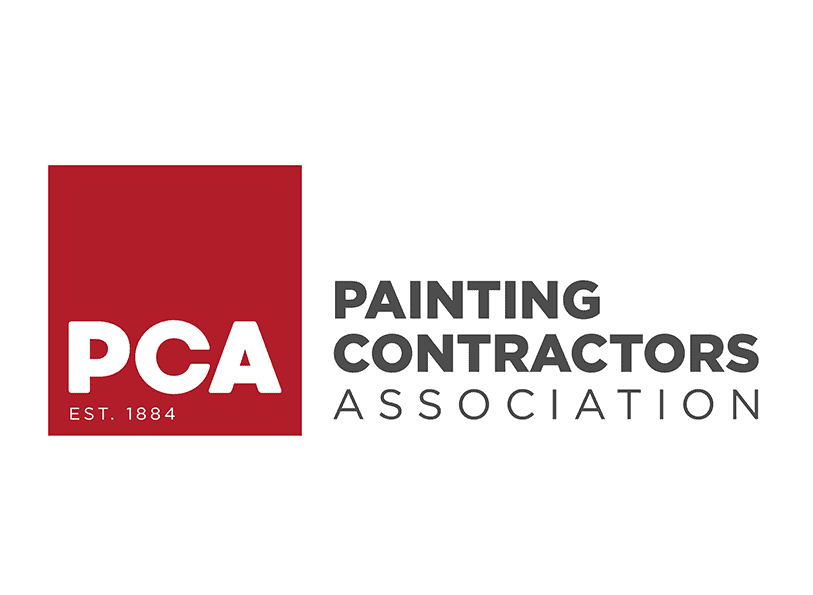
01 Feb Matching Your Home’s Design Style with Paint Colors
Let’s talk color as we head into a new year! Selecting a color that suits your home’s interior design style and your personal preference can be challenging. There are countless colors to consider and many design styles. How do you coordinate everything? As Sterling, VA area professional painters, Home Works Painting can offer some advice.
Define Your Style:
If you’d like to select colors that work well with your home’s interior design style, you’ll need to identify its style. While there are many versatile colors, some coordinate better in certain spaces.
Let’s look at the most common design styles:
Traditional:
Traditional design tends to be more formal. Its roots extend back as the 1600s, but most traditional homes draw more from the 1800s French and English architectural details.
Features:
-
-
- Ornate wood trim and wall paneling
- Dark wood furniture with ornate trim detailing
- Rich, patterned textiles such as velvets, brocades, and silk for drapery and soft furnishings
- Ornate light fixtures
-
Colors:
Deep rich colors such as burgundy, hunter green, plum, and navy are standard – and work well – in traditional designs.
Modern:
Modern design is rooted in mid-century modern (1950-60s) designs heavily influenced by Scandinavian design of the same period. It’s defined clean lines and minimalism. Modern designs of recent years feature a strong focus on sustainable materials.
Features:
-
-
- Sleek lines, surfaces, and elements with liberal use of glass, metal, and contemporary man-made materials
- Open spaces, often with neutral-colored walls
- An uncluttered aesthetic
- Uncomplicated lighting fixtures
- Emphasis on functionality, simplicity, organic
- Colors:
-
Wall colors are typically white or other light-colored neutral.
Modern Farmhouse:
The modern farmhouse aesthetic has grown in popularity in the last decade or so. Its features blend rustic with modern to create a cozy but uncluttered look.
Features:
-
-
- Blend of modern and rustic design elements
- Shiplap, linear wall details, wood beams, and barn doors
- Open-concept floor-plans
- Clean-lined lighting
-
Colors:
Neutral wall colors with occasional pops of color
Transitional:
The transitional design blends at least two design styles, creating a nice aesthetic. Typically, it’s a blend of modern and traditional, a study in contrasts. If architectural features in the home are more traditional, then the furniture is more modern and vice versa.
Features:
-
-
- A harmonious blend of two or more design styles is evident throughout the space.
- It balances styles; rarely is one design more prominent than another.
-
Colors:
Colors vary but lean toward modern neutrals with occasional pops of color.
Conclusion:
Coordinating paint colors with your interior design style can be a bit overwhelming, but it doesn’t have to be! Our clients each receive a free color consultation. Whether you prefer modern or more traditional styles, there is a perfect color for your home. Let us help you identify it! Call Home Works Painting today at 703-629-6543 or schedule a free estimate online for a color consultation and professional painting services.
FAQ
1. How do I choose paint colors that complement my home’s architectural style?
Start by identifying your home’s architectural style, such as traditional, modern, farmhouse, or Victorian. Each style often pairs best with specific color palettes. For example, traditional homes look great with muted classics like creams and soft blues, while modern homes can handle bold, bright hues or monochromatic schemes. Understanding your home’s features—like trim, siding, and structure—will help you choose colors that enhance its unique character.
2. What role does room lighting play in selecting paint colors?
Lighting dramatically affects how paint colors appear. Natural light makes colors look brighter and more vibrant, while artificial light can warm or cool a shade depending on the bulb type. Always test your chosen paint in the actual room, observing how it looks at different times of day to ensure it matches your desired effect.
3. How can I match paint colors to my existing furniture and decor?
Begin with the colors present in your furnishings and accessories. Use the color wheel to create harmonious schemes: choose complementary (opposite), analogous (next to each other), or monochromatic (varying shades of one color) combinations. For example, blue walls pair well with green or turquoise accents, while brown furniture looks great with beige, blue, or golden tones.
4. Which paint colors work best for different design styles?
-
Rustic: Warm, earthy tones like sage green, beige, and rich browns.
-
Modern Farmhouse: Whites and soft neutrals, with subtle dark accents.
-
Mid-Century Modern: Bold, retro shades such as mustard yellow, teal, and muted orange.
-
Eclectic or Coastal: Vibrant mixes like turquoise, butter yellow, and natural wood.
Choose colors that reflect the mood and energy you want for each space, and that align with your home’s overall design style.
5. What are some tips for creating a cohesive color scheme throughout my home?
-
Build a palette around two or three main colors and repeat them in different rooms for flow.
-
Use accent colors on doors, trim, or feature walls to add interest without overwhelming the space.
-
Keep the mood consistent: use warm colors for social spaces and cool tones for restful areas.
-
Test paint samples in each room and observe them in various lighting conditions before making a final decision.

Mike Katounas is the owner of Home Works Painting, a painting business in Northern Virginia. He has over 15 years of experience in residential interior and exterior painting, drywall installation/repair, carpentry, wallpaper removal, power washing, commercial painting, color consultation, and staining/sealing. Their service areas include Chantilly, Fairfax, Herndon, Oakton, Reston. Mike takes pride in his work, and he always follows a strict code of conduct that includes the use of quality paint, a clean workspace, and an honest, respectful approach to his customers.












Sorry, the comment form is closed at this time.